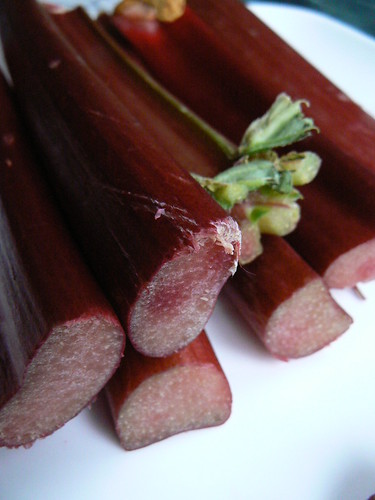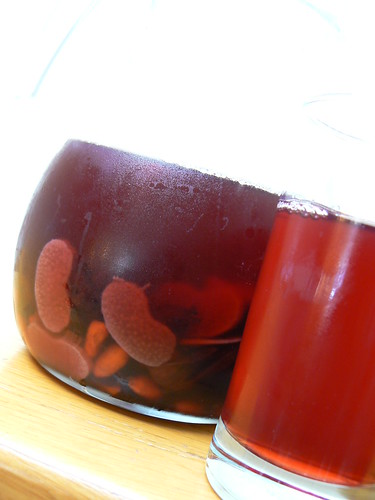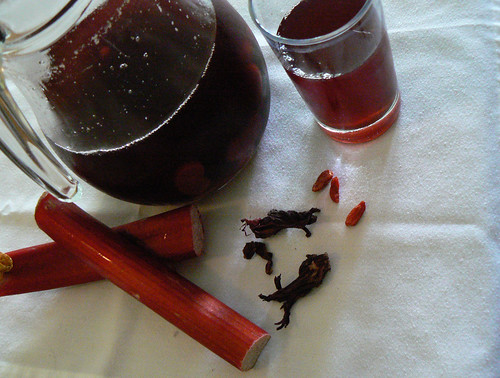Rosy Rhubarb Crumble
As promised, I’m sharing with you my rhubarb crumble recipe. I couldn’t help but add something perfumey to the otherwise quite simple North American classic of rhubarb and summer berries bake – probably owing to the fact that I’m a Middle Easter perfumer, the pairing with rose was just inevitable.
Rosewater and rose sugar complement the tartness and slightly floral nuances in the rhubarb, strawberries and raspberries in this otherwise easy and laid-back recipe. It’s a heavenly summer treat and with reduced sugar comparing to other rhubarb recipes I’ve seen. I think the tartness is refreshing and overdoing the sugar takes away from the flavour (this is true for many recipes – and in fact, I usually cut the sugar in half in most North American dessert recipes – sugar is way overrated and overdosed in our continent!).
For the fruit "filling":
4 stocks of fresh rhubarb
2.5 lbs fresh garden strawberries
0.9 lbs fresh raspberries
2 Tbs. rosewater
2 Tbs. corn starch
½ cup raw cane sugar
1 Tbs. butter for the pan
- Butter a large and deep rectangular pan
- Clean and stem the strawberries and cut into half
- Place in a bowl and add the raspberries
- Slice the rhubarb and add to the berries
- Sprinkle the rosewater and sugar and toss well
- Sprinkle the cornstarch and toss until evenly spread within the berry and rhubarb mixture, and spoon into the prepared pan.
- Preheat the oven to 350F.
For the crumble topping:
1 cup rolled oats
1/2 cup whole wheat flour
1 oz. butter (about 2 Tbs.)
¼ tsp. salt
2 Tbs. rose sugar (reserve 1 Tbs. for topping)
2 Tbs. Demerara sugar (reserve 1 Tbs. for topping)
50 gr. Sliced almonds
- Stir the oats, flour, salt and half of the sugars together.
- Cut in cold butter and mix with fingers or with a hand blender, until large crumbs are formed
- Mix in the sliced almonds
- Sprinkle the crumble topping onto the rhubarb and berry mixture in the pan. Sprinkle the remaining 1 Tbs. each of rose sugar and Demerara sugar on top of the crumble.
- Bake in the pre-heated oven for 40 minutes.
- Serve warm or at room temperature, on its own or with vanilla ice cream, crème fraiche or whipped cream.
P.s. A little note about the crumble topping: since these fly out of the pan pretty fast, I actually double the recipe for the crumble and reserve half for the next batch. The crumble is the only “pastry” like part so that makes the next crumble a no-brainer to whip up even on short notice, as long as you got some fresh fruit around!







